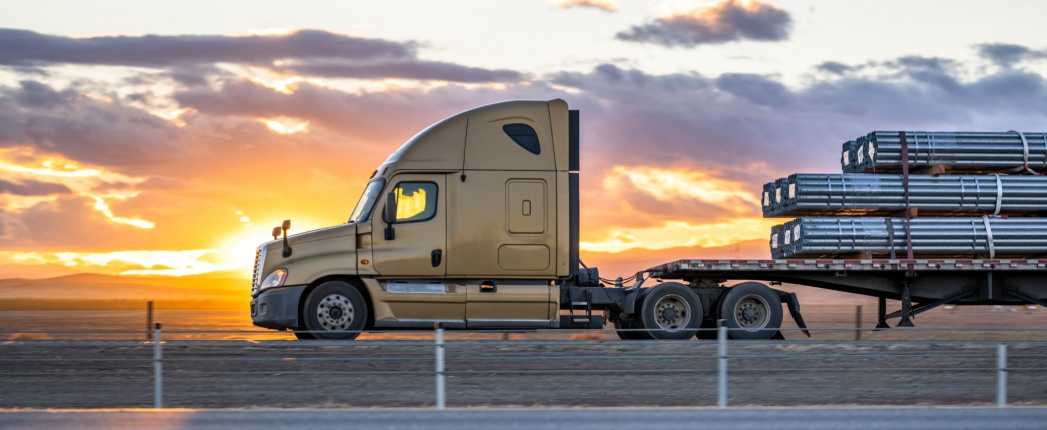
The United States Environmental Protection Agency granted California authority recently to begin requiring increasing percentages of medium- and heavy-duty vehicles to generate no or little emissions.
The state has already indicated it will use such permission to ensure that half of new trucks sold within the state will be electric by 2035.
In the same March 31 announcement, EPA said it was also permitting the California Air Resource Board to lengthen the emissions warranty period for on-road trucks.
California has unique authority among American states to set emissions standards that are more stringent than those adopted by the federal government. It’s regulations carry extra weight, however, because other states may opt to follow California’s standards instead of federal ones.
At least 13 states already employ California emissions rules for light-duty vehicles, and Massachusetts, New Jersey, New York, Oregon, Vermont and Washington have said they will do likewise for trucks. Together those seven states represent 22% of the nation’s truck market, according to Fleet Owner, a news organization covering the trucking industry.
To date, the vast majority of EVs sold in the United States and elsewhere – both plug-in hybrids and vehicles powered solely by battery – are cars, but manufacturers are developing and have begun to introduce electric trucks too. The impact on the lubricants industry is the same for both categories of vehicles: Electric automobile motors do not require motor oils, so a shift toward them would reduce lubricant demand.
Environmental , beginning withthe may begin requiring minimum percentages of medium- and heavy-duty trucks sold within the state to generate no or little emissions, may extend the number of years that medium- and heavy-duty vehicles are required to meet its emissions standards, and it may begin requiring certain percentages of the trucks sold in the state to have little or no emissions, following a recent action by the United States Environmental Protection Agency.
CARB has already approved a regulation that will extend emissions warranty requirements on engines for on-road trucks weighing more than 14,000 pounds beginning with model year 2022. Accommodating emissions control technologies creates additional requirements for engines, for example in some cases reducing maximum limits on content levels of sulfur, phosphorus and sulfated ash.
Extending warranty levels therefore could at least lead to increased consumption of such oils and might also require them to be more robust.
Classes of trucks weighing more than 14,000 pounds include box trucks, buses and fire trucks, as well as long-haul tractor trailers.
Environmental groups lauded EPA’s granting of the waivers, calling them an important step toward combatting climate change since trucks and buses are responsible for an outsized portion of automobile emissions of pollutants and greenhouse gases. Industry groups complained that California’s plans are not practical and that the waivers will lead to a patchwork of truck emissions rules across the nation.